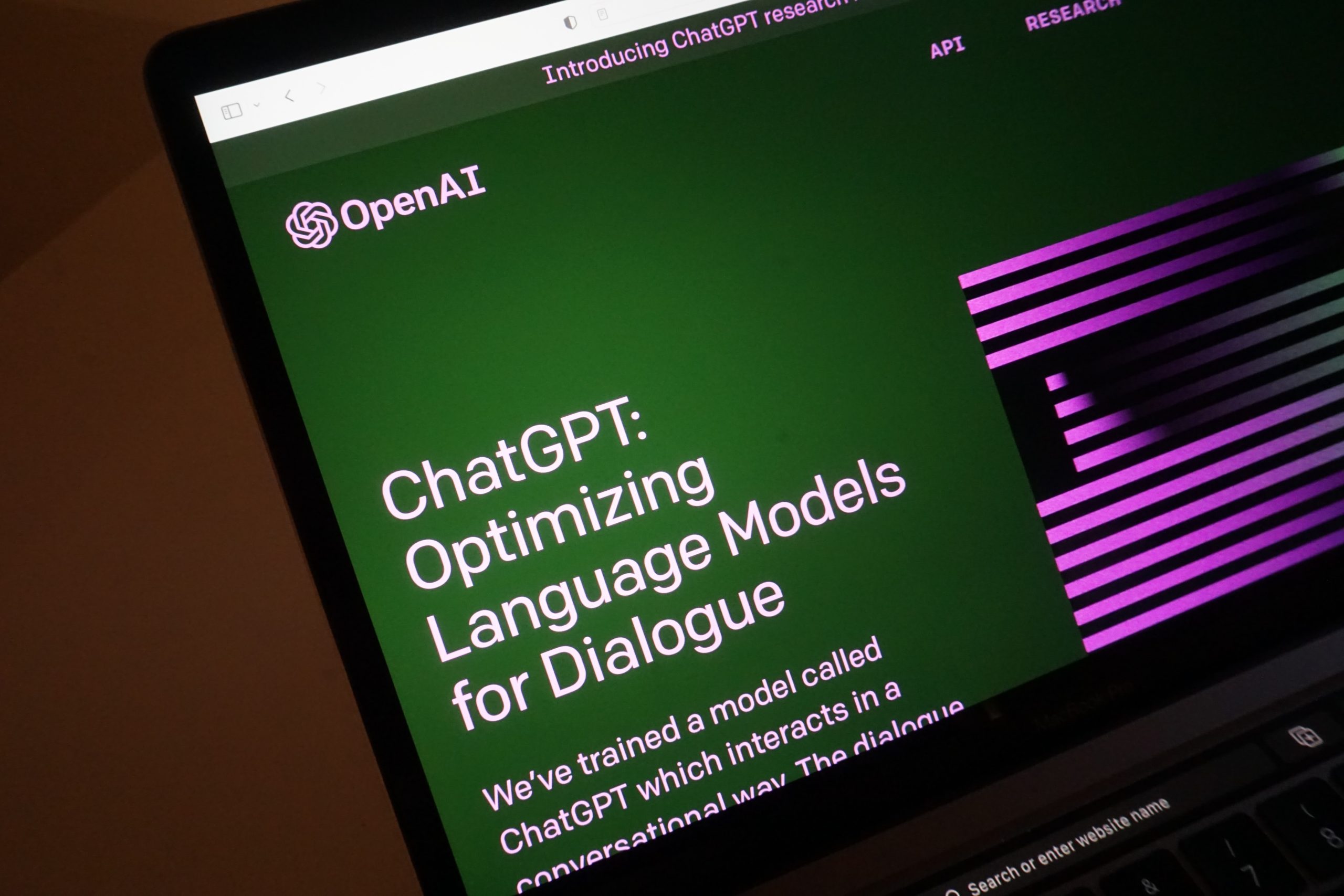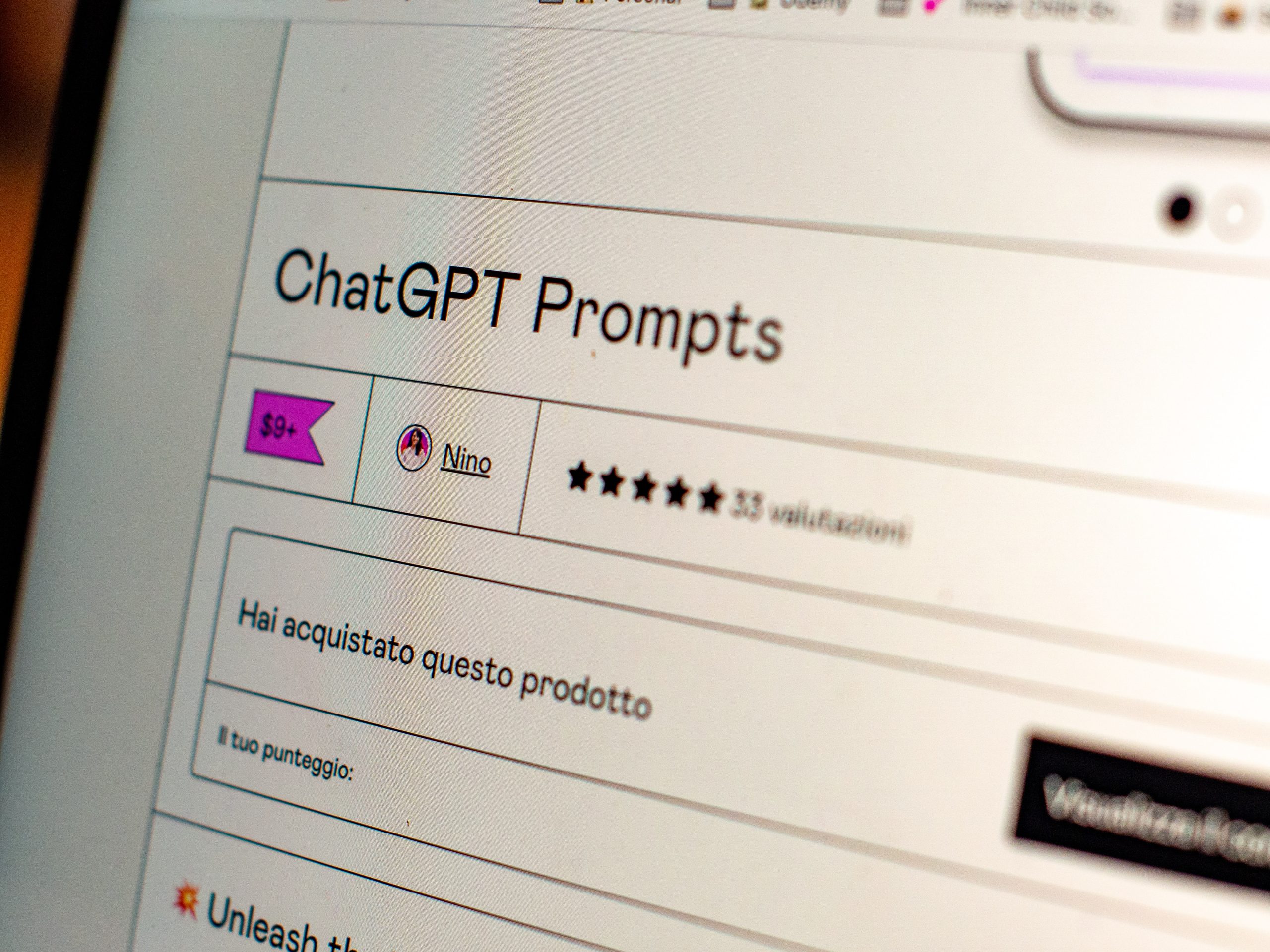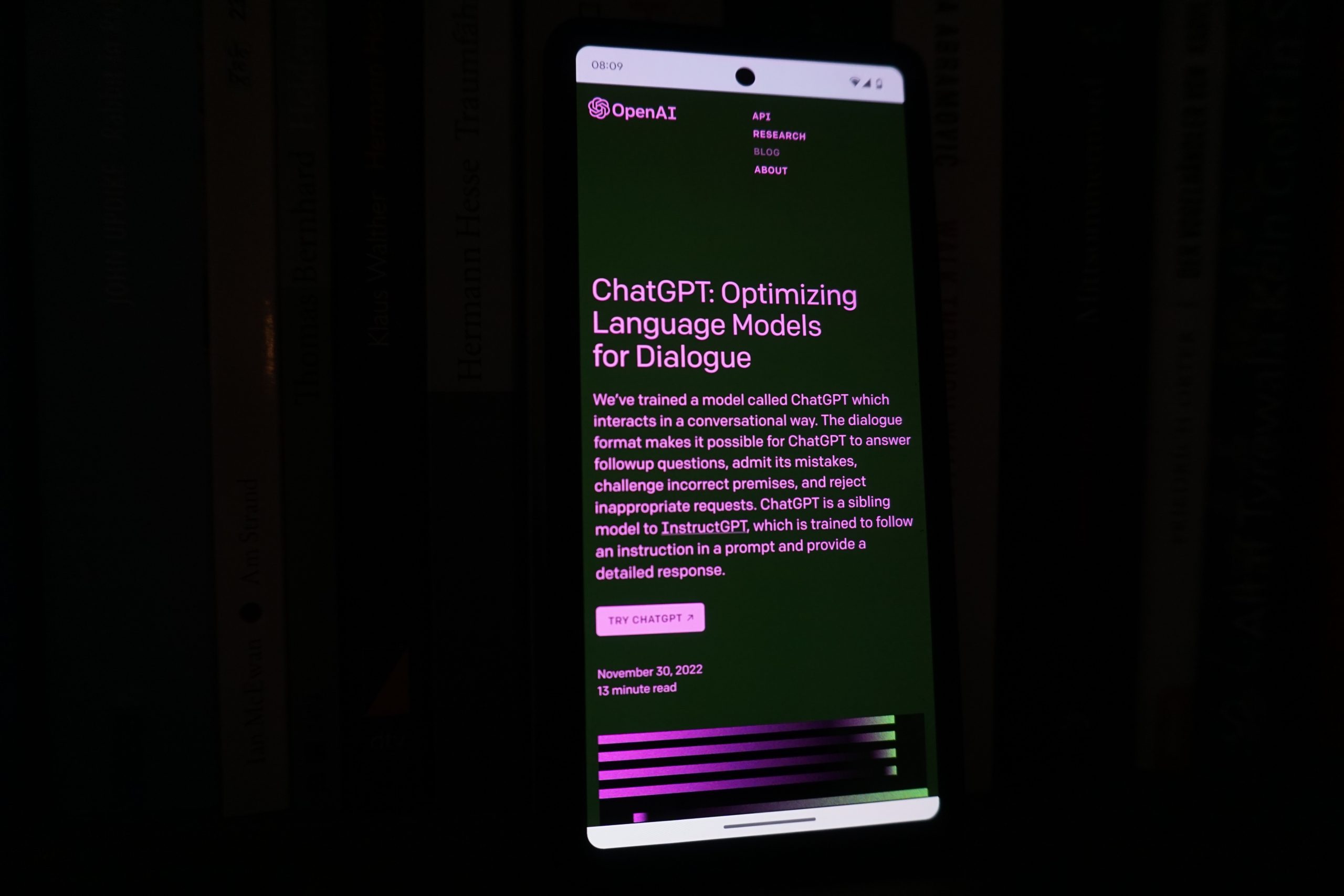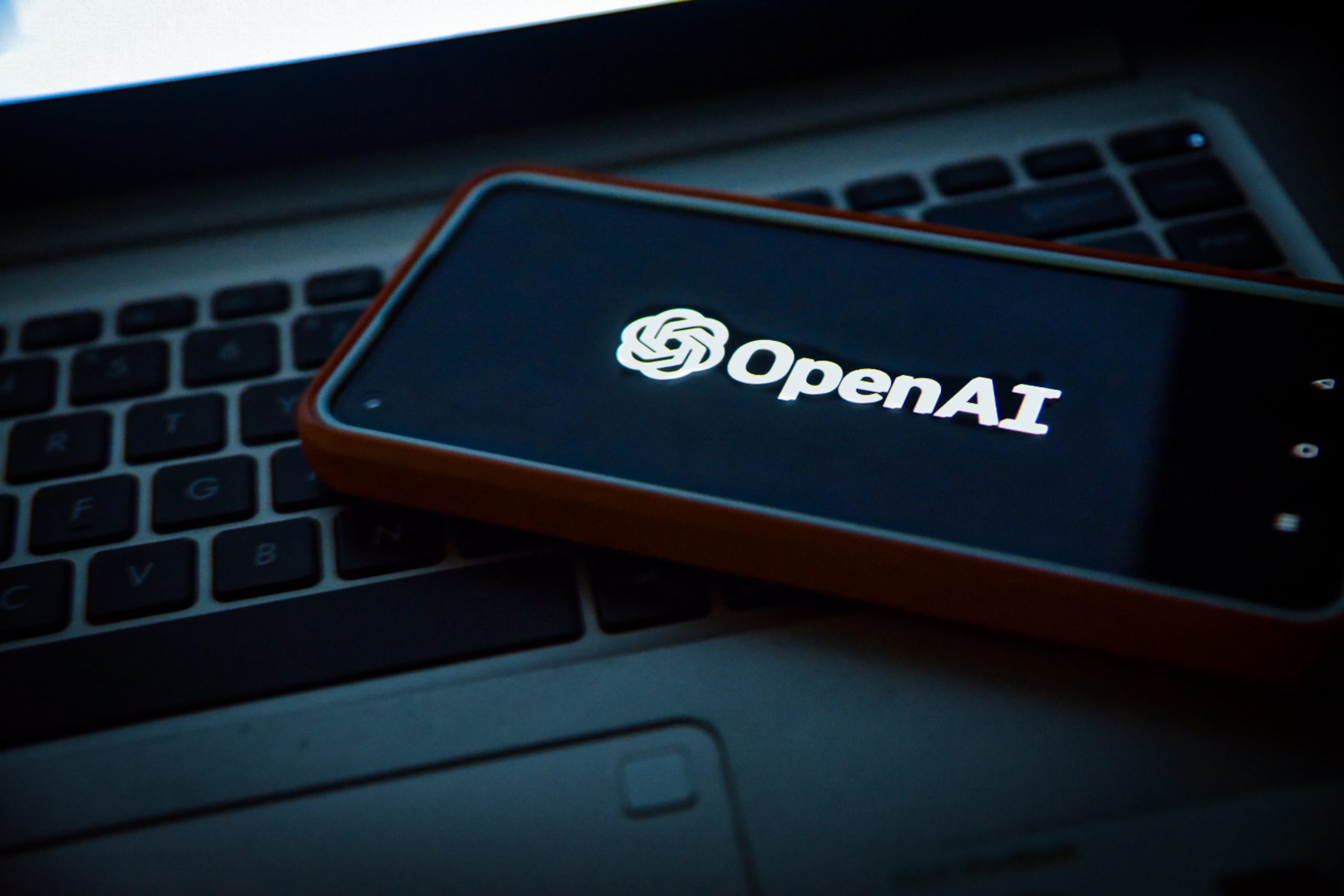Have you ever wondered if you can detect whether you’re chatting with a ChatGPT language model or a real human? In today’s world of advanced AI technology, it’s becoming increasingly difficult to discern between the two. But what if I told you there might actually be a way to detect these sophisticated chatbots? In this article, we’ll delve into the fascinating world of ChatGPT detectors and explore the methods researchers are using to distinguish between artificially intelligent bots and genuine human interaction. Get ready to uncover the secrets behind this cutting-edge technology that could revolutionize how we communicate online!
What is ChatGPT and its impact?
ChatGPT, developed by OpenAI, is a language model that can carry on conversational interactions with users. It builds on the success of previous models like GPT-3 but focuses specifically on generating human-like responses in a chat-based format. This impressive AI tool has immense potential to revolutionize various industries such as customer support, content creation, and even personal entertainment.
The impact of ChatGPT extends beyond its functional uses. Its ability to engage users in compelling conversations raises questions about the boundary between humans and machines. As ChatGPT becomes more advanced and capable of mimicking human communication even more convincingly, it challenges our perception of what truly defines being alive. Additionally, ChatGPT also highlights the ethical concerns surrounding AI technology. Issues related to misinformation dissemination and cyber attacks become all the more relevant when we consider the potential manipulation that an incredibly powerful chatbot like ChatGPT could achieve.
In conclusion, the emergence of ChatGPT marks another milestone in advancements towards natural language processing AI systems. However, while its capabilities are undeniably impressive, they also elicit thought-provoking discussions about ethics and the future implications for human-machine interactions. Understanding the impact of this technology is crucial for both individuals and businesses alike as we navigate this increasingly complex digital world.
 Understanding the need for a ChatGPT detector
Understanding the need for a ChatGPT detector
The rise of language models like ChatGPT has brought about numerous benefits, but also some challenges. While these models have transformed the way we interact with AI systems, they can sometimes produce biased, inappropriate, or even harmful content. As a result, there is a pressing need for a ChatGPT detector that can effectively identify and flag problematic outputs.
A ChatGPT detector would play a crucial role in maintaining the integrity and safety of online interactions. It could act as a powerful tool to prevent the spread of misinformation and harmful content across various platforms. By accurately detecting problematic outputs, it would allow developers to implement improved filters or moderation mechanisms that can enhance user experiences and ensure more responsible use of AI technology.
One key challenge in developing an effective ChatGPT detector lies in striking the right balance between false positives and false negatives. A highly sensitive detector might mistakenly flag benign outputs as problematic, leading to excessive moderation. On the other hand, an overly permissive system might fail to identify potentially harmful content. Developers must carefully optimize their detectors to identify problematic instances while minimizing inaccurate flags.
Overall, understanding the need for a ChatGPT detector is paramount in mitigating potential risks associated with AI-generated content. The development of such detectors holds great promise for fostering safer digital environments and empowering users by providing them with tools that help combat misinformation and inappropriate content effectively.
Existing methods to detect ChatGPT-generated content
Existing methods to detect ChatGPT-generated content have become crucial as the use of AI language models continues to grow. One approach is using linguistic patterns that are specific to ChatGPT responses. These patterns can be identified through the analysis of chat conversations with known instances of ChatGPT-generated content. By studying the common phrases, sentence structures, or particular choice of words typical of ChatGPT’s output, researchers and developers can develop algorithms to flag suspicious text.
Another method being explored is training machine learning models on labeled datasets. This involves providing human annotators with samples of both real and generated chat responses from ChatGPT and asking them to determine which one is which. With enough data, these models can learn patterns and characteristics that distinguish between human-written content and AI-generated text. However, this method has its limitations, as it heavily relies on the quality of annotations provided by human judges.
In recent developments, some researchers have been experimenting with unsupervised learning techniques for detecting ChatGPT content by leveraging statistical properties in the language model itself, without relying on external labeled datasets or specific linguistic patterns. This innovative approach attempts to identify inconsistencies or outliers in a given piece of text that may indicate it was generated by an AI model like ChatGPT. While still in early stages, these unsupervised approaches show promise for accurately identifying AI-generated content in various contexts.
Overall, while there isn’t a definitive solution yet, various methodologies are emerging to tackle the challenge of detecting ChatGPT-generated text.
 Limitations and challenges in detecting ChatGPT-generated content
Limitations and challenges in detecting ChatGPT-generated content
As the use of AI-powered language models like ChatGPT becomes more widespread, it is crucial to address the limitations and challenges in detecting content generated by these systems. One of the primary challenges lies in the ability of ChatGPT to mimic human-like conversation, making it difficult for traditional content filters to distinguish between AI-generated and human-generated text. The system’s ability to produce coherent and contextually relevant responses poses a significant challenge in identifying potentially harmful or misleading content. This raises concerns regarding misinformation, abusive language, or malicious intent that can easily be propagated through platforms where ChatGPT is used.
Furthermore, as ChatGPT continues to evolve and improve with each iteration, detecting its generated content becomes even more challenging. As developers work on enhancing models like ChatGPT by fine-tuning them on large amounts of high-quality data from the internet, distinguishing between real and AI-generated text becomes increasingly complex. Traditional detection methods may struggle to keep up with these advancements, leaving room for potential misuse or exploitation of automated communication systems.
These limitations and challenges call for proactive measures to develop reliable mechanisms that can effectively detect chat messages generated by systems like ChatGPT. It requires interdisciplinary collaboration between researchers from various fields including natural language processing (NLP), machine learning, cybersecurity experts, ethicists, and policymakers. By leveraging technological innovations coupled with rigorous evaluation processes, there is hope for building robust detectors capable of discerning AI-generated content accurately.
The future of ChatGPT detection technology
As with any technology, the future of ChatGPT detection technology holds immense potential for both positive and negative implications. On one hand, there is a growing need for effective and efficient methods to detect misinformation, hate speech, and harmful content generated by AI models like ChatGPT. Researchers are continuously exploring ways to enhance detection algorithms using techniques such as linguistic analysis, pattern recognition, and machine learning. These efforts aim to significantly improve the accuracy and reliability of ChatGPT detectors.
However, it is important to recognize that technological advancements often come hand in hand with challenges. As detection technology becomes more sophisticated, so too do the methods employed by those seeking to evade it. The future of ChatGPT detection will likely witness an ongoing cat-and-mouse game between developers creating smarter detection tools and individuals trying to subvert them through adversarial attacks or manipulation techniques. This emphasizes the need for constant innovation in detecting AI-generated content accurately while staying ahead of those attempting to exploit vulnerabilities.
Looking ahead into the future, collaborations between researchers across various fields will be crucial in addressing these challenges effectively. Combining expertise from linguistics, computer science, psychology, ethics, and more can provide a holistic approach for developing reliable ChatGPT detectors that are resilient against manipulation attempts while minimizing false positives/negatives. Furthermore, incorporating user feedback and perspectives in the development process can help make these detectors adaptable to different user needs and cultural contexts.
 Conclusion: The importance of addressing ChatGPT-generated content
Conclusion: The importance of addressing ChatGPT-generated content
In conclusion, addressing the importance of ChatGPT-generated content is crucial in ensuring the integrity and credibility of online information. We have seen how easily chatbots like ChatGPT can be manipulated to generate misleading or harmful content, posing a serious threat to our society. Consequently, it is essential for researchers, developers, and users alike to take responsibility for detecting and mitigating these risks.
One key aspect of addressing this issue lies in developing robust detection systems that can identify whether a piece of content has been generated by ChatGPT or a similar AI model. By having such detectors in place, we can minimize the spread of fake news or misinformation and enhance trust in online platforms. Additionally, maintaining transparency about AI-generated content is equally important as it allows users to make informed decisions regarding the reliability of information they encounter.
To truly combat this problem effectively, collaboration between researchers, developers, policymakers, and social media platforms is paramount. By working together to address the challenges associated with ChatGPT-generated content head-on, we can foster a digital environment that promotes authenticity and accountability while harnessing the benefits offered by AI technology. Empowering individuals with adequate knowledge on distinguishing between genuine human interactions and those driven by AI will also play a vital role in combating deceptive practices online. Ultimately, acknowledging the significance of addressing ChatGPT-generated content is pivotal in striving towards a safer and more reliable digital era.


